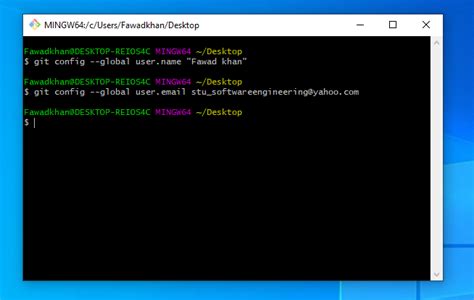In the fast-paced digital landscape, the recent insights shared by individuals facing cyber attacks highlight the critical need for heightened online security measures. The comments paint a vivid picture of the relentless scanning activities that servers face the moment they go online. From swift SSH login attempts to scanners targeting common vulnerabilities like exposed /.git/config files, the online realm is indeed a hostile environment.
One key takeaway from the discourse is the significance of implementing robust security protocols to shield servers from malicious actors. The practice of putting everything behind Wireguard, an added layer of security akin to a VPN, resonates as a proactive step towards fortifying online defenses. By avoiding direct connections to SSH on VPS and adopting secure practices like blocking unused ports, individuals can significantly reduce the risk of unauthorized access.
The narrative also underscores the potential risks associated with publicly exposing critical services like SSH. The concept of ‘security through obscurity’ is challenged, with emphasis placed on the importance of stringent security measures over mere concealment. Moreover, the discussion delves into the vulnerabilities stemming from Let’s Encrypt certificates, which, while beneficial for encryption, inadvertently expose hostnames to potential threats.
Further insights shed light on the intricacies of cyber resilience, with suggestions ranging from using wildcard certificates to exploring novel security approaches like port knocking. These proactive measures, along with diligent monitoring and regular security audits, play a crucial role in mitigating cyber risks. The discourse underscores the ever-evolving nature of cybersecurity threats and the necessity for continuous vigilance in safeguarding online assets.
Amidst reflections on the prevalence of cyber scans and the complex dynamics of online security, questions regarding societal responses to cybercrimes come into focus. The interactive dialogue prompts considerations on the role of law enforcement, societal norms, and potential deterrents against malicious activities. Despite the challenges in defining clear legal boundaries, the discourse advocates for fostering a culture of responsible online behavior and heightened awareness.
As the discussions navigate through the intricacies of cybersecurity practices and societal attitudes towards cyber threats, a compelling narrative emerges on the evolving landscape of digital security. From exploring the blurred lines between security obscurity and robust defenses to envisioning a future where societal norms combat cyber malfeasance, the discourse encapsulates a multifaceted dialogue on the imperative need for online vigilance.
The insights shared by individuals navigating the complexities of cyber resilience serve as poignant reminders of the digital age’s inherent vulnerabilities. As advancements in technology propel us towards interconnected frontiers, the onus lies on individuals and organizations to fortify their digital ramparts with unwavering diligence. In a world where cyber threats loom large, cultivating a culture of cyber hygiene and proactive defense mechanisms emerges as the cornerstone of safeguarding digital assets.


Leave a Reply